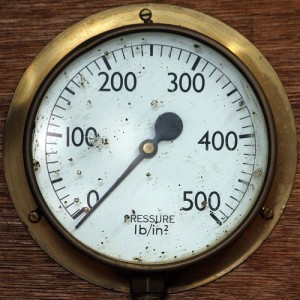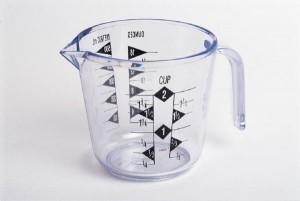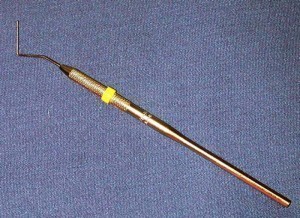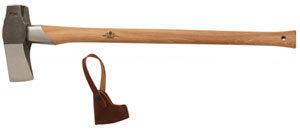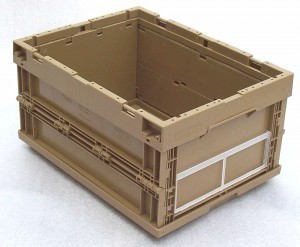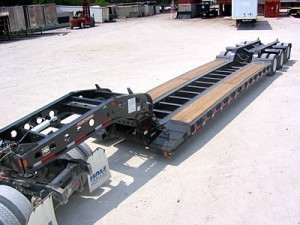Shaper Dimensions
The shaper dimensions are judged by the cut length or 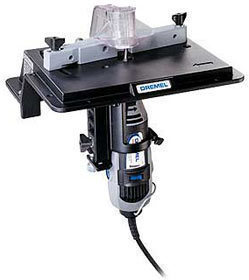 stroke it can produce. The typical shaper can machine and hold a cube with dimensions the same as the stroke length. When looking for a shaper, remember that the stroke length is the primary figure looked at.
stroke it can produce. The typical shaper can machine and hold a cube with dimensions the same as the stroke length. When looking for a shaper, remember that the stroke length is the primary figure looked at.
Specifications of a 300 mm Shaper
The following are the typical specs of a 300 mm stroke. The length is 365 mm and maximum horizontal travel of table is 350 mm. The maximum distance from table to ram is 12 mm and the vertical travel of table is 365 mm.
The table top dimensions are 300 x 250 mm (L x W). The horizontal travel of table is 350 mm. The shaper dimensions give it a table side depth and length of 241 x 317 mm. The motor is 1.5/ 1.5 kW.
Shaper Variants
Shapers are cataloged in several ways. They may be classified by table design, table type or their function. Shapers can also be categorized via the travel direction of ram, driving mechanism or stroke length.
There are several strokes recognized today. These include the crank shaper, standard shaper, geared shaper, draw-cut shaper, horizontal shaper, vertical shaper and the universal shaper. Other shapers include the travelling head shaper, hydraulic shaper and contour shaper.
The most frequently used is the one with the horizontal arrangement. The vertically configured shapers are usually equipped with a rotary table. This will allow the unit to work on curved surfaces. The vertical shaper is virtually identical to the slotter. The only difference is that the vertical shaper can have the slide shifted from the vertical.
The slotter on the other hand, is fastened onto the vertical plane. There are also smaller shapers that are hand powered. The motor or mechanical power becomes necessary if the machine is large. There are may many kinds of motor that can be used on the shaper, including hydraulic motors.
Application
Usage will depend on the type of shaper you have. Some of the more common tasks are irregular teeth cutting, slicing of splines and angular shaping. The tool can also be used for forming grooves, keyways and slots. The shaper is also used for vertical and horizontal shaping.
Not only are the shaper dimensions varied, but so are the other specifications of the tool. But if you analyze your work piece or project, you won’t have problems selecting the right tool.
